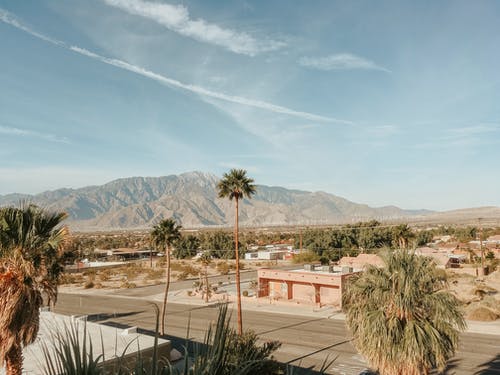Water agencies in drought-stricken California that serve 27 million residents and 750,000 acres of farmland won’t get any of the water they have requested from the state heading into 2022 other than what’s needed for critical health and safety, state officials announced on Wednesday.
It’s the earliest date the department of water resources has issued a 0% water allocation, a milestone that reflects the dire conditions in California as drought continues to grip the nation’s most populous state and reservoirs have dropped to historically low levels.
State water officials said mandatory water restrictions could be coming and major water districts urged consumers to conserve.
“If conditions continue [to be] this dry, we will see mandatory cutbacks,” Karla Nemeth, director of DWR, told reporters.
The low allocation, while unprecedented, doesn’t mean Californians are at risk of losing water for drinking or bathing. The State Water Project is just one source of water for the 29 districts it supplies; others include the Colorado River and local storage projects.
The state will provide a small amount of water for health and safety needs to some of the districts that asked for it. But they won’t get water for any other purpose, such as irrigation, landscaping and gardening, which consume significant amounts of water.
The State Water Project is a complex system of reservoirs, canals and dams that works alongside the federal Central Valley Project to supply water up and down the state of nearly 40 million people. Lake Oroville, its largest reservoir, is only 30% full, about half of what it normally is this time of year.
Districts that rely on the state have a maximum amount they can request each year and the allocation represents how much the state can give based on available supplies.
The percentage may be adjusted in early winter and spring depending on how much snow and rainfall the state receives. Last year, the state’s second-driest on record, districts’ allocation went from 10% in December down to 5% by March. The only other time since 1996 that districts have been granted nothing was in January 2014, during the last drought.
The metropolitan water district of southern California is the state’s largest customer and it supplies water to about 19 million people. A third of its supply comes from the state. The district declared a drought emergency in November and mandated that people conserve water, a message its leaders emphasized on Wednesday. It will get some water for health and safety purposes.
“The dramatic reduction of our northern California supplies means we all must step up our conservation efforts,” Adel Hagekhalil, the district’s general manager, said in a statement. “Reduce the amount you are watering outside by a day, or two. Take shorter showers. Fix leaks. If we all do our part, we’ll get through this together.”
While the district as a whole has access to water from other sources, like the Colorado River, some of its member agencies in Los Angeles and Ventura counties rely almost exclusively on state supplies. Three of those districts issued a joint statement calling on residents to reduce the water they use on outdoor projects like landscaping.
“This certainly isn’t what anyone wanted to hear,” said Jay Lewitt, president of the Las Virgenes municipal water district, which provides water for 75,000 people.
The state water allocation typically, but not always, goes up from the first December estimate to May, after winter storms that replenish snowpack water supplies have ended. But state water officials warned that dry times will probably continue, creating a tough year ahead. The state has so far failed to meet a goal California’s governor, Gavin Newsom, set in July of a voluntary 15% reduction in water use.
Nemeth, the DWR director, said the state could set mandatory restrictions if local districts don’t set their own and if the voluntary efforts still fail to meet the goal. The state water resources control board recently proposed emergency regulations that would ban certain “wasteful” practices such as watering lawns when it’s raining or washing cars with nozzles that don’t automatically shut off.
Via AP News

